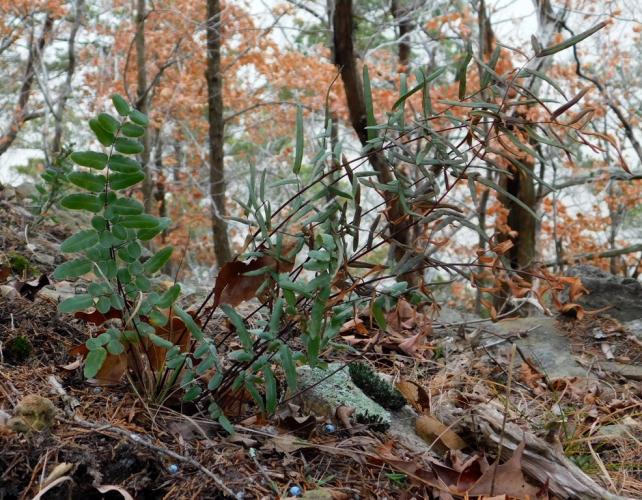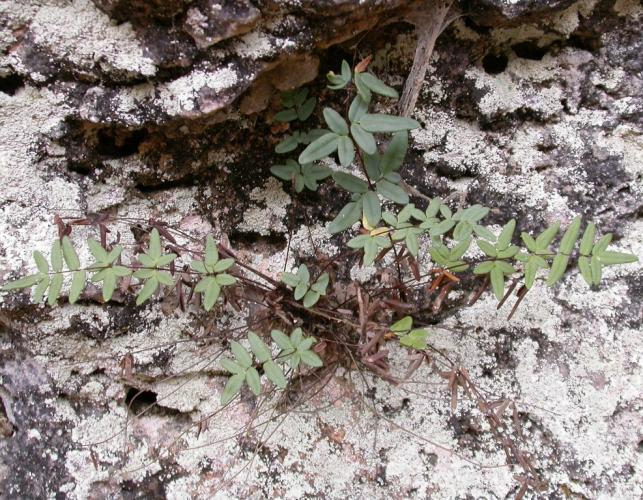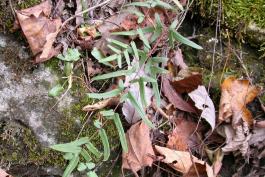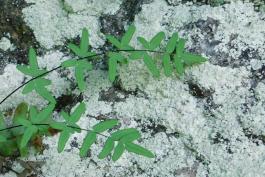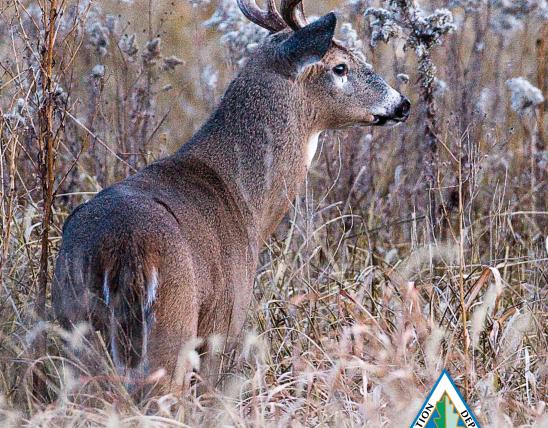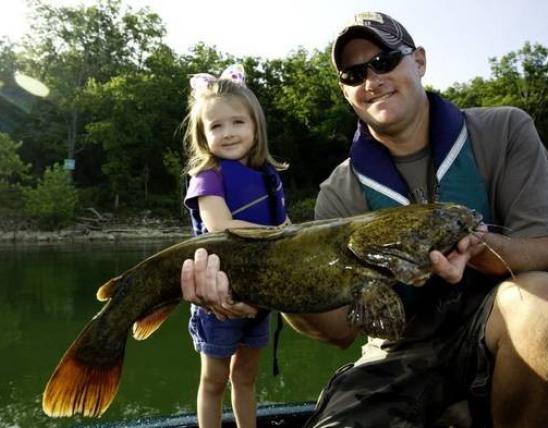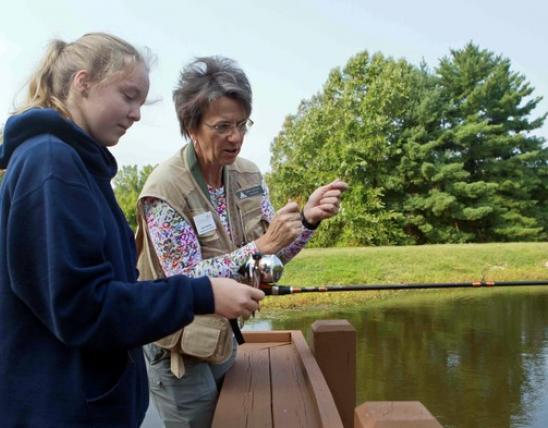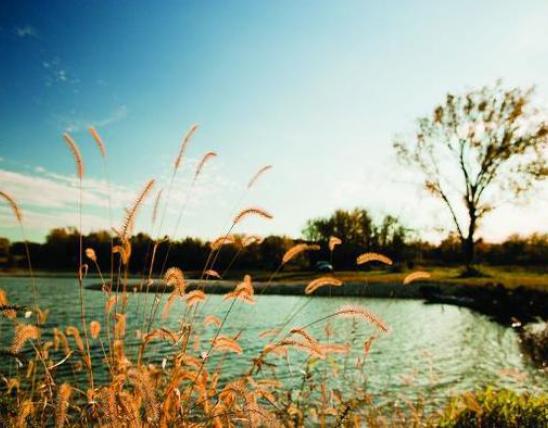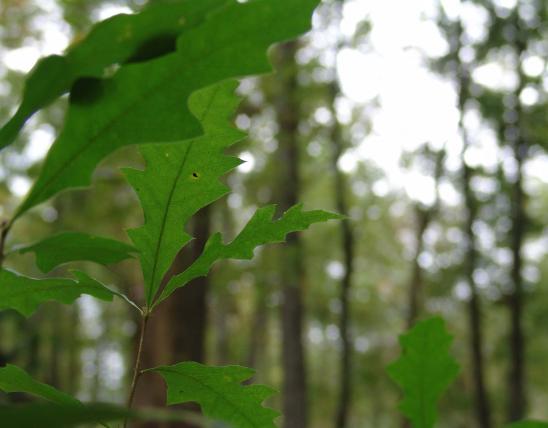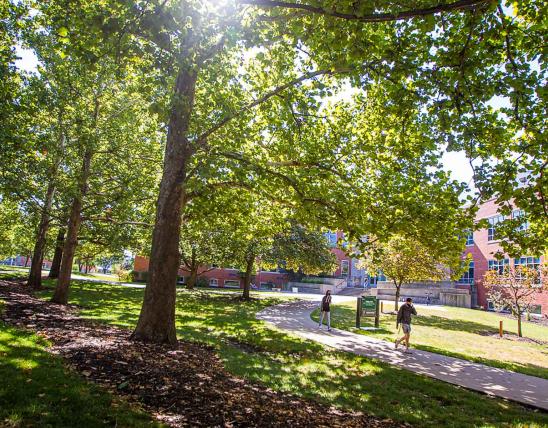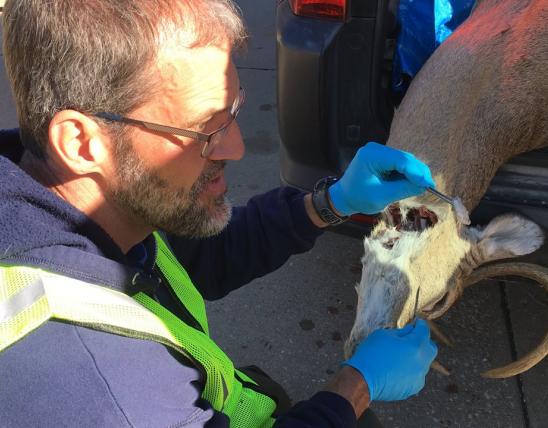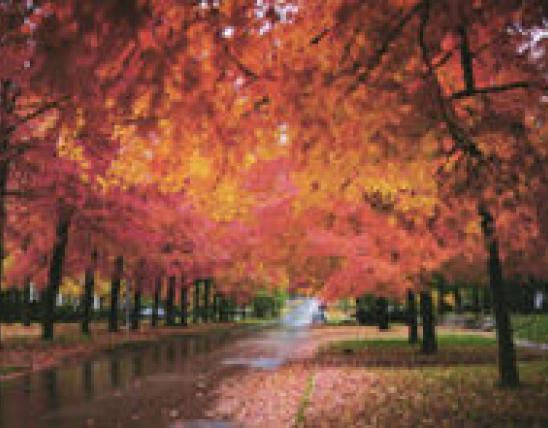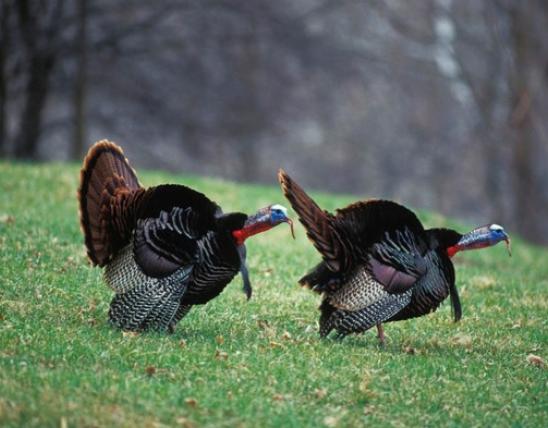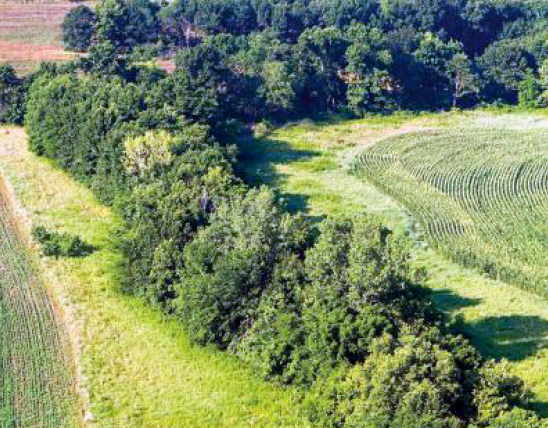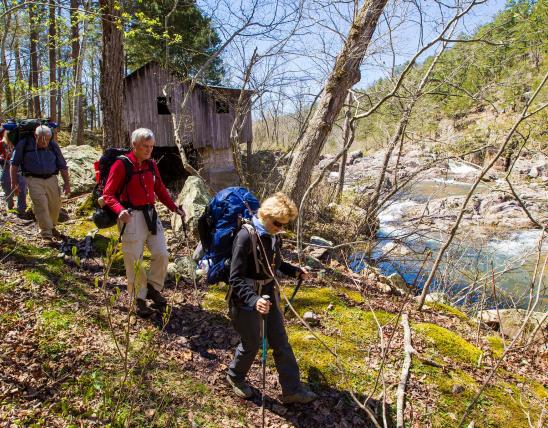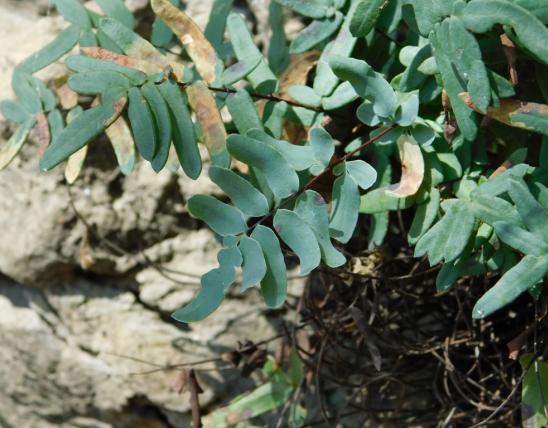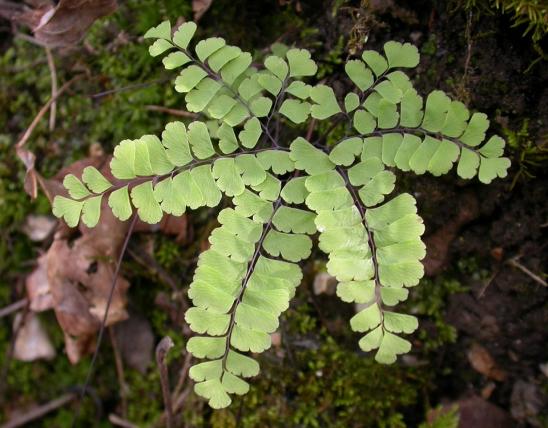
A perennial fern growing as a cluster of leaves from a rhizome, purple cliff brake is usually found growing from crevices in limestone or dolomite rocks or in rocky soils near them. The stiff, wiry stems are dark reddish brown to black, with dense, short, curly hairs on the upper surface. In general outline, the entire compound leaf (frond) is triangular and is 1–3 times compound. Leaflets are leathery and sometimes have 1 or 2 lobes at the base, sometimes with a few, jointed hairs along the undersurface midvein. Sterile leaflets are lance-shaped to ovate or oblong. Fertile (spore-bearing) leaflets are longer and thinner than the sterile ones, and spores are borne in a continuous band along the outer margin of the underside of the leaflets, protected by the recurved edge of the leaflet (the edge of the leaflet curls around the underside edge of the leaflet). Spores are produced June–September.
Similar species: A close relative, smooth cliff brake (P. glabella), has leaflets that are all about the same shape, and the leaf stalks and midveins are hairless or have only a few scattered hairs. It is also a smaller plant, with leaves only reaching about 9 inches long, and leaflets only reaching about 1 inch in length. It almost always grows out of rocky cliff faces.
Leaf length: 2 to 20 inches; leaflet length: ¼ to 1½ inches.
Scattered nearly statewide, but most common in the Ozarks.
Habitat and Conservation
Occurs on crevices and ledges of limestone and dolomite bluffs, boulders, rock outcrops, and sinkholes, sometimes in soils of dry, rocky forests adjacent to dolomite glades. Compared to the similar smooth cliff brake, which is pretty limited to exposed cliff faces and similar habitats, purple cliff brake is more likely to be found in soils and has a wider statewide distribution.
Life Cycle
Ferns have a two-part life cycle. The plants we usually see are called sporophytes, because they produce spores that germinate and become the other part of the life cycle, the gametophytes. Gametophytes in this family of ferns are small, green, flat, kidney- or heart-shaped plants that few people notice. The gametophytes produce eggs and sperm, which unite to become a new sporophyte plant.
Cliff brakes, however, are famous for hybridizing with each other, and for creating offspring that are polyploid (possess more than two copies of genetic information in each cell), and for reproducing via apogamy. Apogamy is when a new sporophyte plant forms without fertilization — so it has the same number of genetic copies as the gametophyte. Purple cliff brake is an apogamous species — that means it essentially bypasses the sexual reproduction part of the typical fern life cycle.
Human Connections
Why is it “brake” and not “break”? It is logical to think of these cliff-loving ferns as plants that ultimately help “break apart” the rock surfaces of bluffs, but the word brake, with Middle English and Scandinavian roots, actually means “fern.” This is why we don’t call these plants “cliff brake ferns.” For the same reason, there is a fern called “bracken” and not “bracken fern.”
Purple cliff brake and its relatives were used historically by Native Americans to treat a variety of ailments.
Ecosystem Connections
Little information is available about the connections between purple cliff brake and insects and other animals. As enduring plants of cliff, bluff, and other dry, rocky habitats, cliff brake surely provides cover for insects and spiders that live in those natural communities. And small birds can perch on these ferns to forage for the insects and spiders! Also, like other vegetation that grows in rock crevices, these ferns contribute to the weathering of rock faces.


